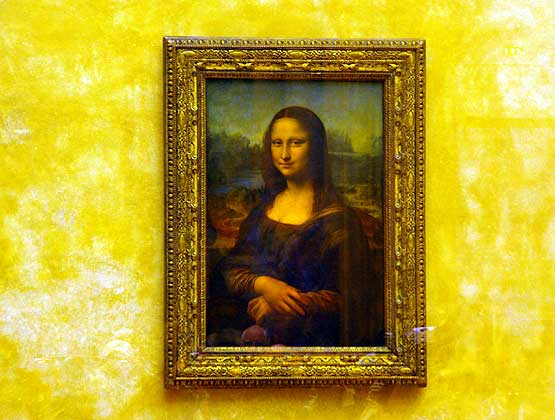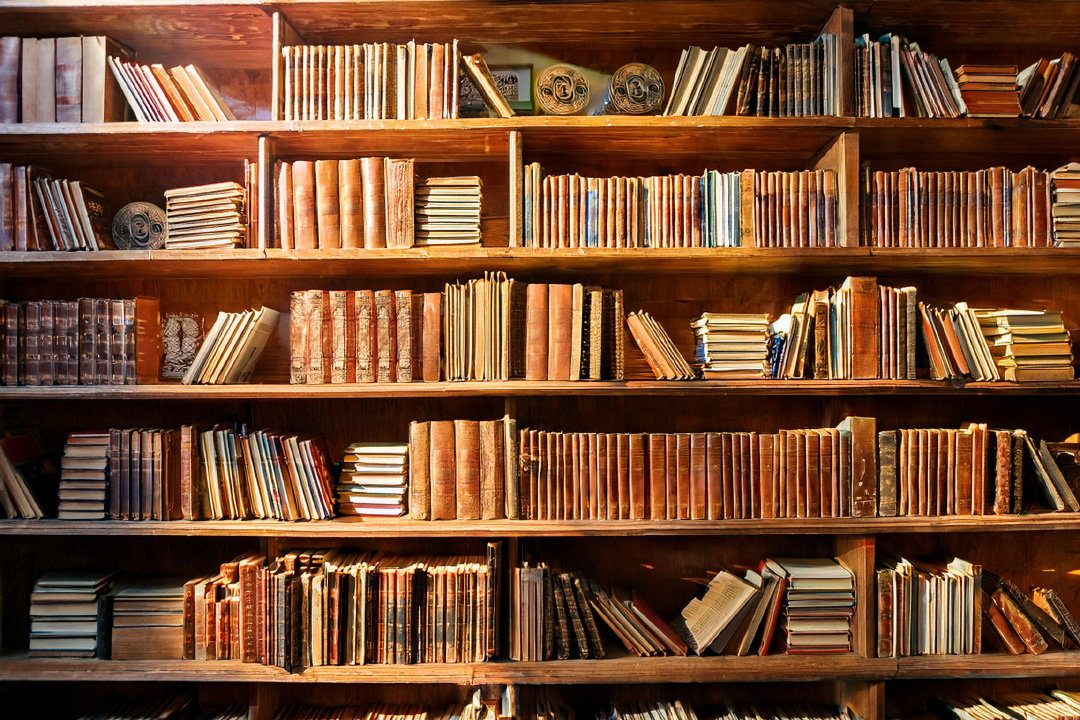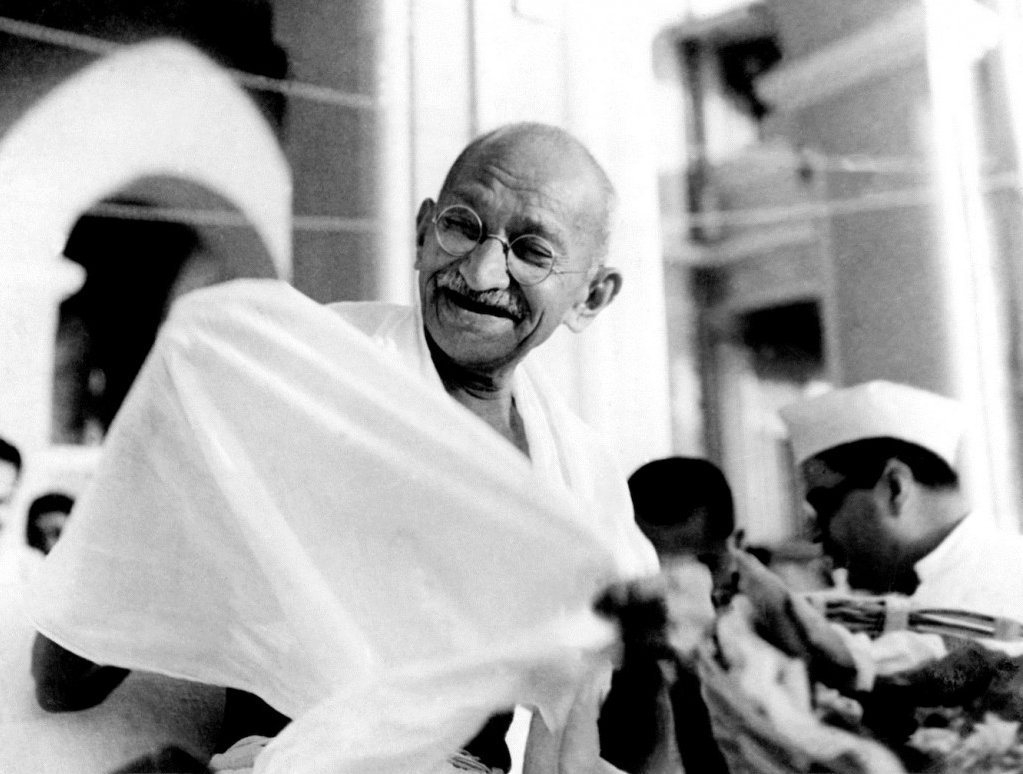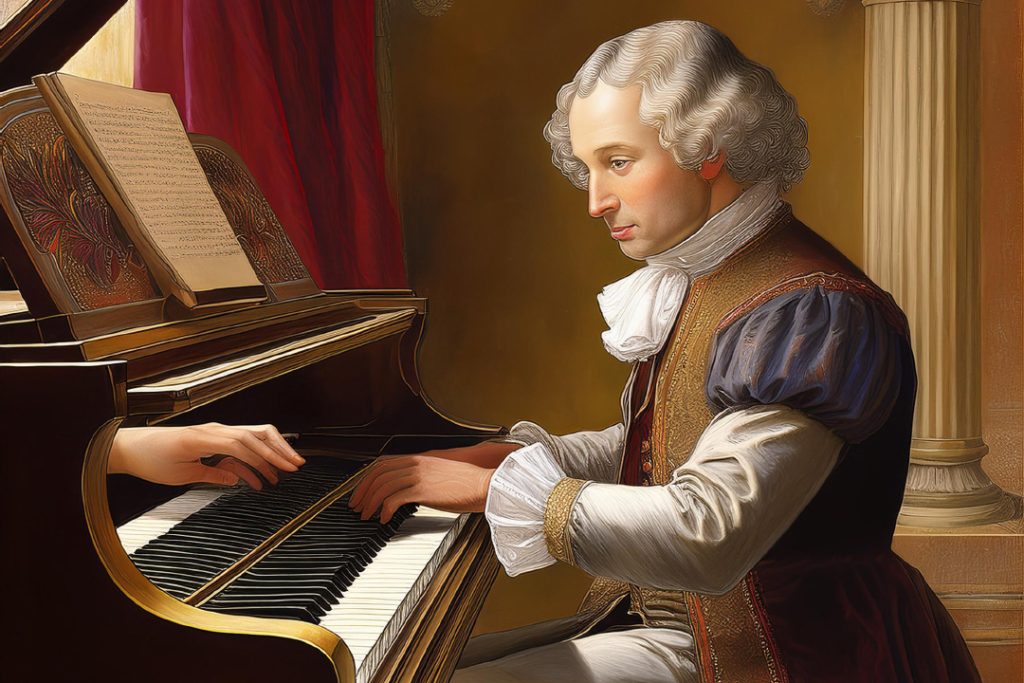Dive into Historical Figures
Peeking into the lives of historical figures lets us snag a peek into the past and catch the waves these personalities made. This section spills the beans on why studying these figures is a big deal and gives a quick rundown of what makes their stories tick.
Why Bother with Historical Figures?
Looking back at historical figures isn’t just academic mumbo jumbo; it’s like finding a treasure map with loads of valuable lessons and awesome tales:
- Past Lessons: These people dealt with some serious stuff and made big decisions. By digging into their lives, we can gather tips and tricks that still make sense today.
- Cultural Evolution: They were key players in shifting the norms, cultures, and politics. Their actions help us see how societies changed and what drove those changes.
- Inspiring Stories: Their tales of bravery, creativity, and leadership can light a fire under us, pushing us to aim higher in our lives.
| Reason | What It Means |
|---|---|
| Past Lessons | Learning from their decisions and the issues they tackled |
| Cultural Evolution | Seeing how societies and norms changed over time |
| Inspiring Stories | Getting a boost from their struggles and achievements |
Quick Peek at Biographies
Biographies open the door to historical figures’ lives, offering a juicy look at their deeds, hardships, and lasting marks on the world. Through lively storytelling, readers can ride along on key events and moments that shaped these individuals.
- Chronological Flow: Most biographies start with their early days and move through the major milestones and later years.
- Personal Touches: They often sprinkle in personal stories, quotes, and vivid details that paint a fuller picture of who these people were.
- Big Picture: Biographies also slot these figures into the bigger historical, cultural, and political puzzle, giving us a richer view of their impact.
Want a deep dive into specific biographies? Check out our best biographies of historical figures and influential historical figures biographies write-ups. Embarking on a journey through these incredible lives is both eye-opening and rewarding. For more Biographies from Amazon please see this page here.
Abraham Lincoln
Early Life and Education
Abraham Lincoln, born on February 12, 1809, in a simple log cabin in Kentucky, wasn’t destined for greatness from the get-go. His parents, Thomas and Nancy Lincoln, moved around quite a bit, so young Abe’s childhood was filled with hard chores and scarce schooling opportunities. Nevertheless, the man had a voracious appetite for knowledge, teaching himself most everything he knew.
Picking up books from friendly neighbors, he would spend hours absorbed in reading and perfecting his writing. This passion didn’t stop at a casual hobby; Lincoln’s curiosity led him to law. By 1836, through sheer determination and a bit of elbow grease, he passed the bar examination and became a licensed attorney.
| Year | Event |
|---|---|
| 1809 | Born in Hardin County, Kentucky |
| 1816 | Moved to Indiana |
| 1836 | Became a licensed attorney |
For more insights about notable historical characters, you might enjoy our best biographies of historical figures.
Presidency and Legacy
Lincoln kicked off his presidency in 1861, just as the Civil War was heating up. He managed to keep the country from splitting in two and issued the Emancipation Proclamation in 1863, freeing all slaves in Confederate states. This was one of those world-changing moves that cemented his place in the history books.
| Year | Event |
|---|---|
| 1861 | Inaugurated as the 16th President of the United States |
| 1863 | Issued the Emancipation Proclamation |
| 1865 | Assassinated by John Wilkes Booth |
Though his life was tragically cut short when he was assassinated by John Wilkes Booth in 1865, Lincoln’s impact on American history is immeasurable. He’s revered not just for his role in keeping the Union together, but also for championing equality and justice. Dive deeper into the lives of other impactful figures with our influential historical figures biographies.
Cleopatra
Background and Rise to Power
Cleopatra VII, born in 69 BCE, was the last active ruler of the Ptolemaic Kingdom of Egypt. Her journey to the throne was no cakewalk, filled with family drama and clever maneuvers. She came from the Macedonian Greek dynasty started by Ptolemy I Soter, who was one of Alexander the Great’s generals. After her dad, Ptolemy XII, passed away, she co-ruled Egypt with her brother Ptolemy XIII.
Life was anything but peaceful for Cleopatra. She had to deal with her brother and his advisers plotting against her, sparking a civil war. Using her wits, Cleopatra teamed up with Julius Caesar, the famous Roman general. This partnership not only got her back in power but also made her the queen of Egypt again.
Relationships and Influence
Cleopatra sure knew how to pick her allies. Her connection with Julius Caesar wasn’t just personal; it was a masterstroke in political strategy. They even had a son, Caesarion, whom she hoped would cement her family’s future. But the intrigue didn’t end there. After Caesar’s shocking assassination, Cleopatra hitched her political wagon to Mark Antony, another big name in Rome.
Cleopatra and Mark Antony were a power couple, both politically and romantically. They had a grand plan to take over the Roman world and strengthen their rule. Cleopatra’s influence on Antony was strong, leading him to make decisions that benefited Egypt. They had three kids together, further linking their destinies.
However, Antony’s rivalry with Octavian (later Augustus), Julius Caesar’s adopted son, led to a major showdown. The Battle of Actium in 31 BCE dashed Cleopatra and Antony’s dreams. Defeated, they fled to Egypt and, with Octavian’s forces closing in, chose to end their lives.
Cleopatra’s legacy isn’t just about her rule and alliances. She is remembered as a clever, charismatic leader who adeptly navigated the murky waters of Roman politics. Her story is an unforgettable chapter in the lives of important historical figures.
| Key Event | Year |
|---|---|
| Cleopatra’s Birth | 69 BCE |
| Became Co-Ruler with Ptolemy XIII | 51 BCE |
| Alliance with Julius Caesar | 48 BCE |
| Birth of Caesarion | 47 BCE |
| Alliance with Mark Antony | 41 BCE |
| Battle of Actium | 31 BCE |
| Cleopatra’s Death | 30 BCE |
Dig deeper into the stories of groundbreaking leaders in our collection of best historical biographies.
Leonardo da Vinci
Jack of All Trades, Master of Many
Leonardo da Vinci was a guy who didn’t just dabble; he dove in headfirst. Born in 1452 in Vinci, Italy, this creative wizard had a mind that danced across painting, sculpture, anatomy, engineering, and even tinkering with crazy inventions. If you’re looking for a one-stop Renaissance man, Leonardo fits the bill.

Leonardo’s notebooks are like a treasure chest of sketches and wild ideas. He didn’t just draw humans; he practically invented the anatomy textbook with his super-detailed diagrams. Many of his contraptions didn’t get built in his lifetime, but they set the stage for tech geeks centuries later.
| What He Did | Cool Stuff He Made |
|---|---|
| Painting | The Last Supper, Mona Lisa |
| Anatomy | Ultra-Detailed Body Sketches |
| Engineering | Early Blueprints for Flying Machines |
| Sculpture | Epic Horse Statues |
The Hits and Highlights
Leonardo wasn’t just good, he was next level. In painting, he gave the world “The Last Supper” and “Mona Lisa.” “The Last Supper,” from the late 1400s, freezes the moment Jesus drops the bombshell that someone’s gonna betray him. It’s known for nailing the perspective and the raw emotion.
The “Mona Lisa?” That smile is more famous than a Kardashian. People still argue over what she’s thinking, and it’s this mystery and Leonardo’s fine detailing that makes it the most analyzed portrait ever.
Then there’s his nerdy side. His anatomy studies were mind-blowing. He actually dissected bodies to understand muscles and bones, filling his notebooks with sketches that looked straight out of a medical journal.
As for engineering, Leonardo was way ahead of his time. He sketched designs for flying machines, armored tanks, and even robots. Sure, they didn’t get built back then, but his ideas pushed the envelope for future inventors.
| What’s the Buzz? | Field | Why It Rocks |
|---|---|---|
| The Last Supper | Painting | Nailed perspective and raw emotion |
| Mona Lisa | Painting | Detailed with a mysterious smile |
| Anatomy Sketches | Anatomy | Super-accurate body diagrams |
| Flying Machines | Engineering | Laid groundwork for aviation |
Leonardo made waves in everything he touched. His art and scientific gigs show how closely linked imagination and precision can be. He wasn’t just a master of one trade; he reshaped multiple fields.
If digging into the lives of cool historical figures sounds like your jam, don’t miss our piece on best biographies of historical figures and another neat read on influential historical figures biographies.
Marie Curie
Scientific Breakthroughs
Marie Curie wasn’t just any scientist; she was a true trailblazer whose work on radioactivity changed the game. Born in Warsaw, Poland, she later moved to Paris, France, where she did groundbreaking research with her husband, Pierre Curie. Marie was the first woman to score a Nobel Prize and remains the only person to win Nobel Prizes in two different scientific fields: Physics and Chemistry. Yep, she’s that awesome.
Major Scientific Discoveries
- Radioactivity: Marie’s work on how certain elements emit radiation on their own earned her the Nobel Prize in Physics in 1903. She shared this honor with her husband Pierre and Henri Becquerel.
- Radium and Polonium: In 1898, Marie discovered two new radioactive elements: radium and polonium. This amazing find snagged her the Nobel Prize in Chemistry in 1911. Talk about a power duo!
| Discovery | Year | Nobel Prize |
|---|---|---|
| Radioactivity | 1903 | Physics |
| Radium and Polonium | 1898 | Chemistry (1911) |
Marie didn’t just stop at mapping out theories; she took things to the next level with practical advancements that rocked fields like medicine and technology.
Making Waves in Science and Society
Marie Curie’s contributions stretched way beyond the lab. Her work shook up the scientific world and had a huge impact on society, especially in medicine.
Medical Marvels
- Beating Cancer: Thanks to Marie’s discovery of radium, doctors found a new weapon against cancer: radiotherapy. This treatment has saved countless lives and is still a cornerstone in fighting cancer.
- X-rays in the Battlefield: During World War I, Marie wasn’t content to just sit around. She developed mobile X-ray units that made it way easier for doctors to treat wounded soldiers right on the battlefield. Total lifesaver.
Smashing Social Norms
- Gender Barrier Buster: Being the first woman to win a Nobel Prize and the first female professor at the University of Paris, Marie broke all kinds of glass ceilings. Her success inspired hordes of women to dive into science and tech.
- Worldwide Impact: Marie’s influence spans the globe, affecting everything from school curriculums to research institutions named in her honor.
Marie Curie proved that one determined individual can have a monumental impact on the world. Her life story isn’t just motivating for science buffs; it’s a beacon of what pure dedication can achieve. Want to learn more about other influential figures? Check out our deep dive on influential historical figures biographies.
Nelson Mandela
Fight Against Apartheid
Nelson Mandela didn’t just fight for equality—he became the face of the struggle against apartheid in South Africa. Born on July 18, 1918, Mandela’s experiences growing up carved his deep-rooted sense of justice and equality.
In 1944, Mandela joined the African National Congress (ANC). His unwavering commitment drove him to lead several anti-apartheid activities. Fast forward to 1962, and Mandela found himself arrested and slammed with a life sentence for sabotage and other charges. But, prison bars couldn’t dim his spirit. Mandela’s courage transformed him into a beacon of resistance and hope.
During his 27 years behind bars, Mandela’s influence only grew stronger. When he finally walked free on February 11, 1990, Mandela didn’t waste time. He spearheaded negotiations to dismantle apartheid, leading to South Africa’s first multiracial elections in 1994. His journey from prisoner to president marked the dawn of a new era of freedom and equality.
| Key Event | Date |
|---|---|
| Joined ANC | 1944 |
| Imprisonment | 1962 |
| Release from Prison | 1990 |
| Elected President | 1994 |
Want to know more about people who’ve shaped history? Check out our article on influential historical figures biographies.
Legacy and Global Influence
Nelson Mandela’s story didn’t stop when he left the presidency. His legacy is like a ripple across the pond of global human rights and social justice. During his presidency, Mandela’s commitment to reconciliation and forgiveness helped knit the nation back together.
Mandela’s efforts in championing peace earned him the Nobel Peace Prize in 1993. He became a global symbol for freedom and justice, inspiring movements and countless hearts worldwide.
Even after stepping down, Mandela’s voice echoed against oppression and inequality. He’s been immortalized in books, films, and countless tributes, leaving a legacy that’s less about him, and more about what humanity can achieve. Students frequently turn to Mandela’s story for inspiration—his unshakable belief in justice and human dignity captivates every time.
For more bite-sized stories of those who shaped history, dive into our article on best biographies of historical figures.
| Legacy Aspect | Impact |
|---|---|
| Nobel Peace Prize | 1993 |
| Global Human Rights Symbol | Huge |
| Influence on Social Justice | Tremendous |
Mandela proved that perseverance, empathy, and courage can triumph even over the harshest adversity. His impact? Timeless.
Here are five websites where students can access free biographies of historical figures:
- Ducksters
Ducksters offers an extensive range of biographies covering explorers, scientists, leaders, and more, suitable for young students. You can read about figures like Albert Einstein, Cleopatra, and Winston Churchill.
Visit Ducksters().
- Biography.com
Biography.com provides detailed accounts of influential people throughout history, including modern-day figures. It covers a wide range of personalities, from world leaders to artists.
Visit Biography.com - America’s Story from America’s Library
Hosted by the Library of Congress, this site includes biographies of important figures in American history. It’s geared toward younger students and features engaging articles and multimedia.
Visit America’s Story - Free Kids Books
This site includes interactive biographies for younger readers, featuring figures like Helen Keller and Benjamin Franklin. It offers free downloadable PDFs for educational use.
Visit Free Kids Books - World History Encyclopedia
A comprehensive resource offering biographies alongside articles on global history, perfect for older students. It also includes teaching resources and videos.
Visit World History Encyclopedia
For more Biographies from Amazon please see this page here.
These websites offer a variety of learning tools, from basic biographies to interactive content, suitable for different age groups.
Here some recommended links selected for you: The Best Books of the Month, Todays best Deals at Amazon, Best Sellers in Cell Phones & Accessories and last but not least the easy and great way to send a gift for the holidays: Amazon.com eGift Card (Instant Email or Text Delivery).




